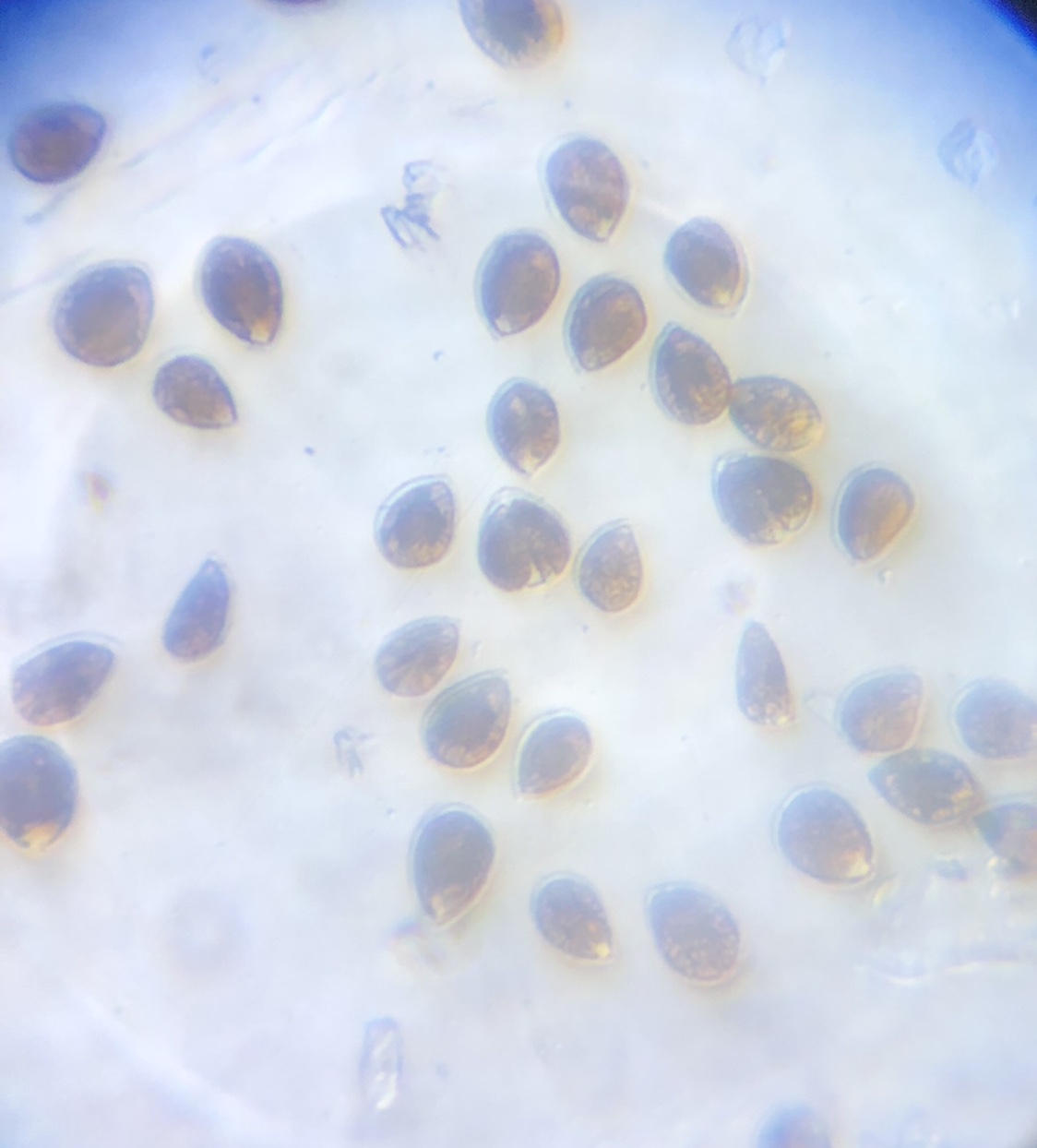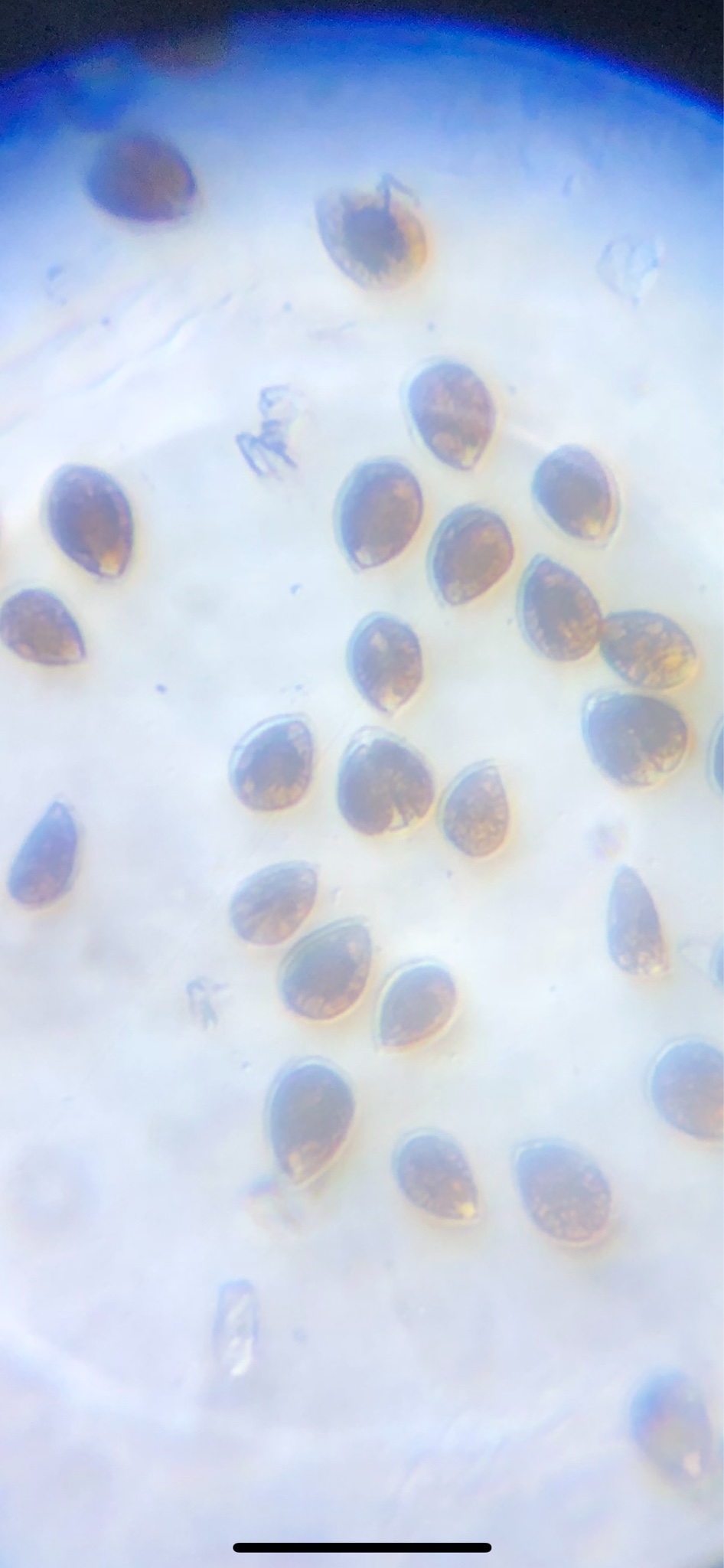- Joined
- Sep 8, 2015
- Messages
- 6,514
- Reaction score
- 6,511
Most strains of dinos are delt the same. With the exception of amphidinium and gambrierdiscus. Ostreopsis is the easiest to get rid of with nutrients and UV. All others take the same approach but takes a little longer to go away. Just read the first post to this thread.Thank you, what is the best method to dealing with this strain?



















